The Colosseum, originally called the Flavian Amphitheatre, is an iconic symbol of Rome and one of the most famous landmarks in the world.
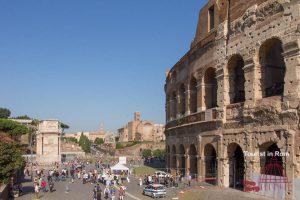
The Colosseum is the largest amphitheater in the ancient world and served as the model for all other Roman amphitheaters.
Enormous and gruesome spectacles showed the power and wealth of Rome, but also the diversity of the Roman Empire.
People and animals from all over the world were brought to Rome for the games. Thanks to the sophisticated stage technology, they could suddenly and unexpectedly appear in different places in the arena, which increased the excitement of the games to an unimaginable level.
How to get there Bus 51, 75, 81, 85, 87, 117, 118, Hop-on Hop-off Buses Tram 3, Metro B
Colosseum entrance
It is important to know that entry to the Colosseum must be reserved in advance. Plan 15 minutes for the security check. You are not allowed to take large luggage or backpacks with you. Glass bottles, aerosol cans and dangerous objects such as scissors and knives are also not permitted.
While you can only visit the Colosseum at the reserved entrance time, you have the opportunity to explore the neighboring archaeological park with the Palatine Hill, the Roman Forum and the Imperial Forums before or after.
Colosseum tickets
Booking tickets in advance is recommended, as the Colosseum only admits a limited number of visitors at a time and there are often long queues at the box office. There are various ticket options that allow access to different areas and levels of the Colosseum depending on your interests.
The standard ticket gives you access to the first two levels. On the second level are exhibitions and you have a beautiful view.
A glass panoramic lift leads to a gallery between the second and third levels, from where visitors can continue upwards. Visitors also have the opportunity to explore the arena and the lower floor, where the supply corridors with the stage equipment were located. Special tickets and guided tours are available for access to these areas.
Here you get a quick overview of the available tickets
Free admission (tickets can be collected directly from the museum ticket office)
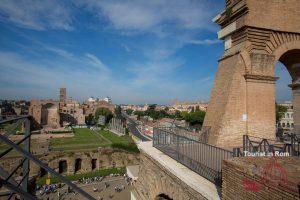
- Free admission on the 1st Sunday of the month
- Free entry for young people up to 18 years of age
- Free admission for people with a European Disability Card or with certification of a disability of more than 74%. If necessary, they can be accompanied by a family member, a professional assistant or an assistance dog
- Free entry for architecture students, journalists and some other groups of people
Free admission or reduced admission with reservation
- Reduced admission for EU citizens aged 18-25
- School groups
- Roma Pass
A reservation fee is required.
Guided tours
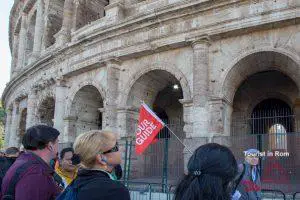
It is advisable to book early for a visit to the Colosseum in Rome. High-quality guided tours are worth their price. Books and audio guides provide interesting information, but they cannot replace a high-quality guided tour. The remains of 2,000 years of history and the many details of the monument are not easy to explain.
Professional city guides in Rome are passionate about their work and have in-depth knowledge. Many have studied archaeology in depth and can answer almost any question. A good guide is satisfied when the customer is, and of course they are happy to receive an appropriate tip.
Virtual reality allows you to experience the time 2,000 years ago up close. Recreating the life of that time is very impressive.
In summer and autumn you can also visit the Colosseum at night. These tours do not include access to the archaeological area of the Palatine and the Forums.
The Colosseum with virtual reality
The Colosseum at night
Opening hours
The Colosseum is open all year round. The opening times are mainly based on the length of the day:
From the beginning of winter time – end of February:
8:30 am – 4:30 pm
March – end of winter time
8:30 am – 5:30 pm
From the beginning of summer time – August 31,
9 am – 7:15 pm
September
9 am – 7:00 pm
October 1st – end of summer time
9 am – 6:30 pm
From the beginning of winter time – end of February:
8:30 am – 4:30 pm
March – end of winter time
8:30 am – 5:30 pm
From the beginning of summer time – August 31,
9 am – 7:15 pm
September
9 am – 7:00 pm
October 1st – end of summer time
9 am – 6:30 pm
Colosseum fact sheet
The Colosseum is the largest amphitheater in the world. The elliptical building had 80 entrances, is around 188 m long and 156 m wide, the arena measures 86 m by 54 m, the basement 76 mx 44 m.
| Ground area: | ~ 20.000 m² |
| Area of the arena: | 3.357 m² |
| Heigt: | 48.5m originally 52m |
| Spectators: | 50.000 – 87.000 |
| Weight: | 250.000 th |
| Load on the foundations: | 110 t / m² |
| Masonry: | 100,000 m³ in travertine, tuff and brick with cladding in marble 300 tons of iron |
History
The Colosseum was built by the Roman emperors Vespasian and his son Titus and was completed in 80 AD under the reign of Emperor Domitian. It could seat up to 80,000 spectators and was used for a variety of events, including gladiator fights, animal fights and theater performances.
The Colosseum is a marvel of engineering, with its intricate system of arches, vaults and passageways that allowed people and animals to enter and exit the arena quickly and efficiently. Its technology is comparable to that of modern stadiums. Visitors could find their seats or the exit faster than sometimes in modern stadiums. It was the model for all masonry amphitheaters in the Roman Empire.
Over the centuries, the Colosseum was renovated and restored several times. It was damaged by earthquakes and fires and also looted for its valuable materials such as travertine, marble and bronze.
In the Colosseum, the spectators followed the gripping spectacle of animal hunts, gladiators and executions while enjoying bread and wine.
Previously, during the fire of Rome in 64, the theater built by Statilius Taurus for gladiator games on the Field of Mars had burned down. It is not known exactly where it stood. There are no remains.
After Nero’s death and the Civil War, in which three emperors passed away in little more than a year, Vespasian of the Flavian dynasty succeeded, reorganizing the Roman Empire. He built the Flavian Amphitheater in the center of Nero’s lavish Domus Aurea and erased the memory of Nero.
Before the Amphitheatrum Flavium, there was an artificial lake and a colossal bronze statue of the Roman emperor, the Colossus of Nero. It is said to have been about 35 meters high. Nero’s model was the Colossus of Rhodes, one of the seven wonders of the ancient world. The colossus was transformed into the sun god and placed in front of the theater. The name Colosseum is attributed to this colossus, even though the name has only been handed down since the early Middle Ages.
Construction time
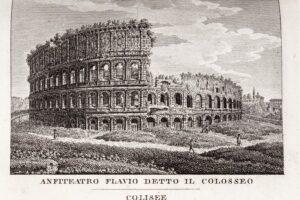
The “Flavian Amphitheater”, as it is known from antiquity, was built in the 1st century, from 72 to 80. In 80, Emperor Titus organized games that lasted allegedly 100 days: In addition to gladiator fighting and animal huntings – in which 5,000 animals were said to have been killed – , even sea battles were reenacted.
The last gladiator battles took place 434/5 AD, and the last animal baiting is recorded for the year 523 AD. From the Middle Ages until the 18th century, the Colosseum served as living quarters and stables, for occult rites and as a quarry for the construction of churches and palaces.
Practical tips
The Colosseum is a attraction for visitors and, of course, a attraction for those who want to take their money out of their pockets.
It is therefore imperative that you reserve the tickets in advance. Otherwise, you will have to buy the tickets expensively from dealers or face long waiting times.
Elevator
People who have difficulty to climb the steep steps to the 2nd level can use the lift. It is located on the left side of the entrance for the individual visitors, at the entrance to the arena.
An elevator to the third level is currently under construction.
Sanitary facilities
The toilets are located in the Colosseum just to the right after the security check and are well signposted. Unfortunately, there are often queues. In front of the Colosseum you will find toilets at the tourist information office in Via dei Fori Imperiali and of course in the surrounding bars and restaurants. There are also toilets on the Palatine Hill and at the Roman Forum.
Pickpockets and gladiators
Since the Colosseum is one of the main attractions in Rome, many people who want to take advantage of the tourists, are concentrated here.
So you must be on guard against pickpockets and fraudsters.
Gladiators charge money when they are photographed. You should therefore agree on the price in advance, otherwise there will be trouble.
Ticket dealers and pickpockets offer their services. If you do not let anyone approach you, you are on the safe side.
Water
In any case, do not buy water from flying merchants! The bottles are manipulated to look nice, fresh and iced. Take a small plastic bottle with you that you can fill up at any water dispenser in Rome. Glass bottles and metal bottles are forbidden in the Colosseum.
At the Colosseum you will find a free water dispenser directly to the left of the entrance to the metro station. You can also tap sparkling water here. Another one is in front of the exit of the Colosseum. There you’ll find also a charging station for mobile phones.
Archaeological research
The German Archaeological Institute, with its branch in Rome, conducts research throughout Italy in collaboration with Italian agencies and research institutions. Read the reports by Heinz-Jürgen Beste from the German Archaeological Institute in Rome and watch the videos on the reconstruction of the stage technology of the Colosseum.


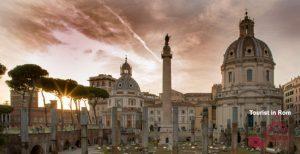
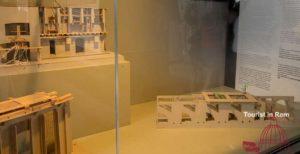
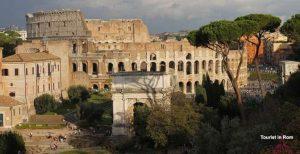
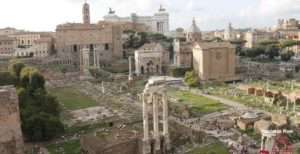
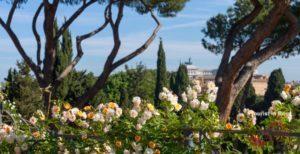
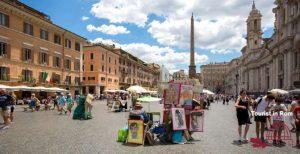
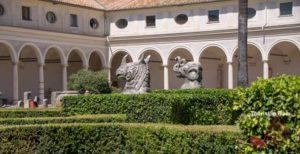


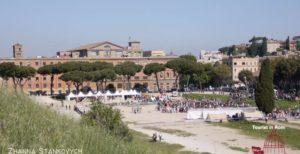
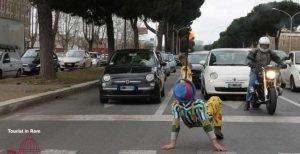
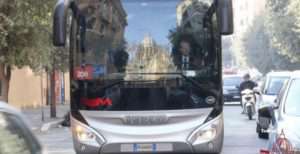
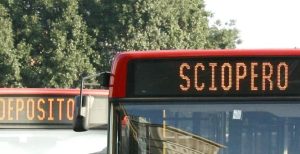
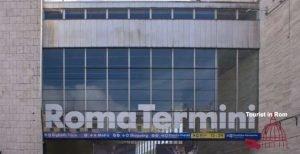
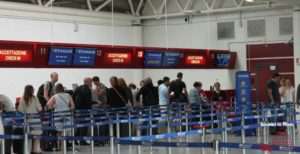
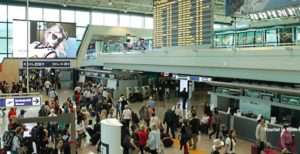
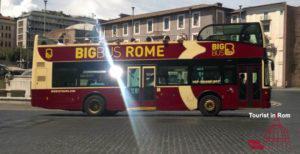

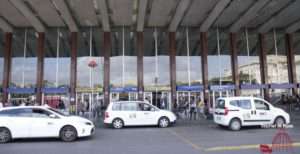
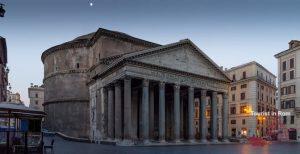
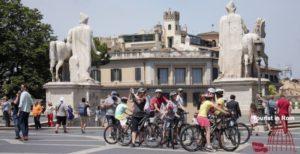
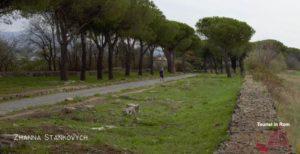
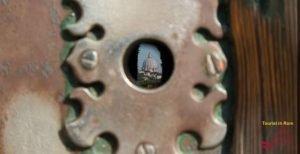
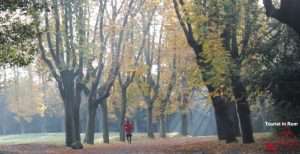
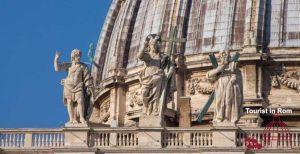
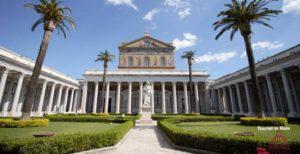
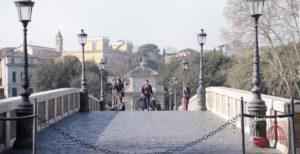
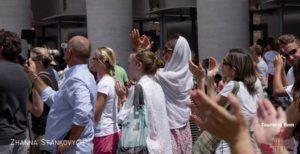
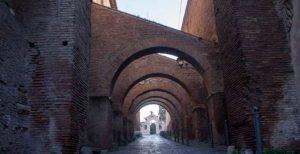
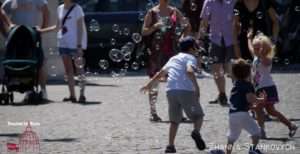
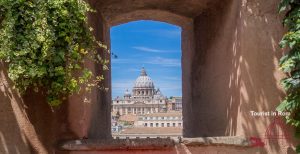
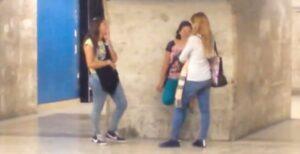
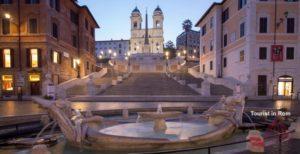
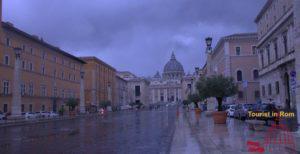
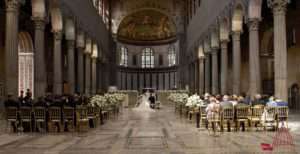
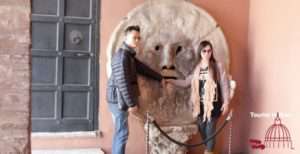
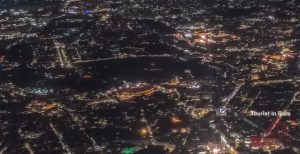
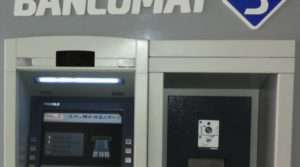
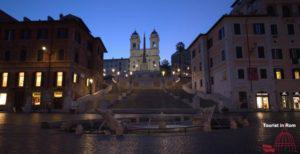
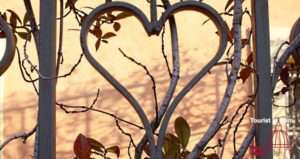
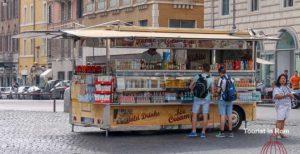
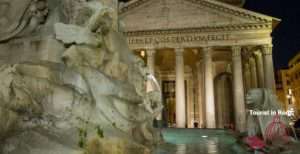
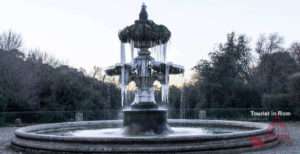
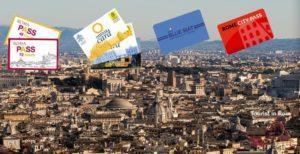
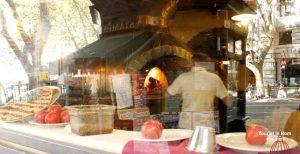

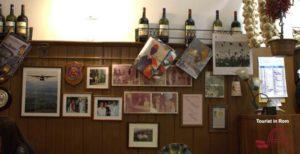
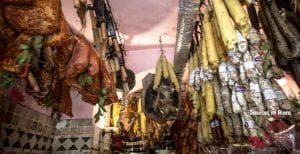
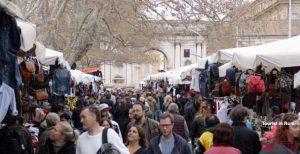

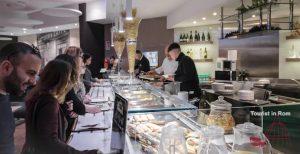
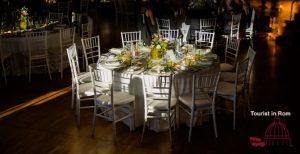
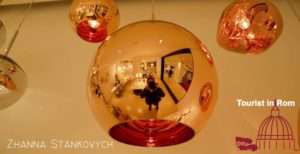
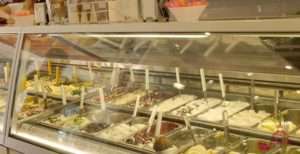
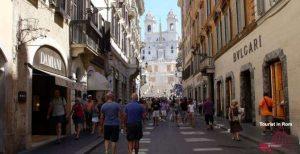
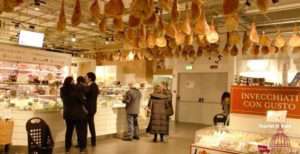
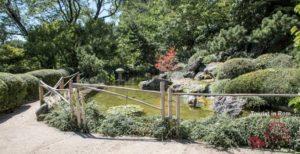
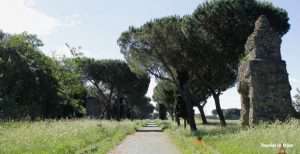
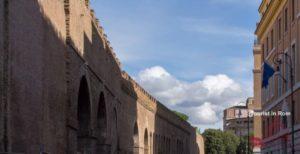
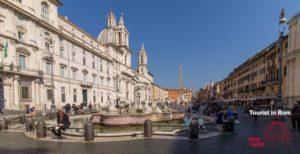
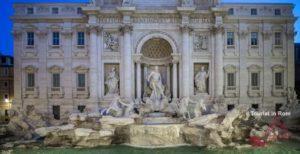
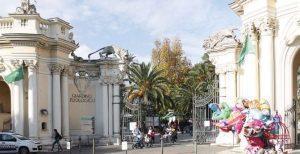
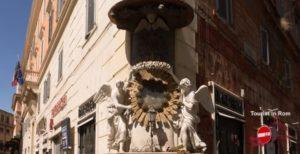

i
we will arrived in Easter times’ and we want to know the opening hours for the days during the ester 10.4.2020-13.4.2020
thank you very much
Hi,
the opening hours in April are 8:30 – 7:15. Good Friday afternoon is closed due to the Way of the cross of the Pope, which will take place in the evening.